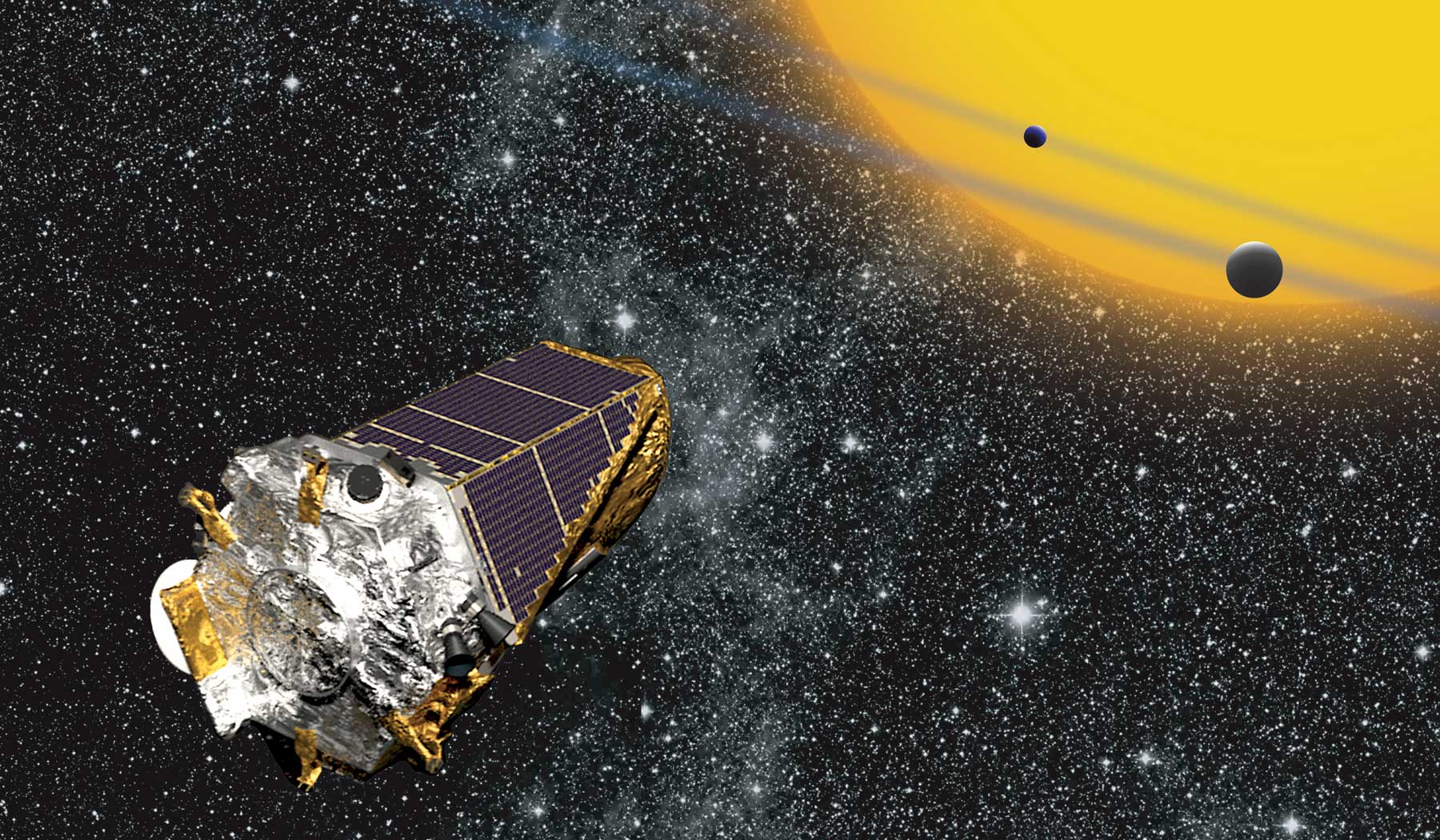Telescope "Kepler" saved. NASA's remote space communications network helped prevent a catastrophe

Source: Wikipedia
As already reported on Geektimes , the Kepler space telescope, with the help of which scientists are searching for exoplanets, entered emergency mode. In this mode, the system is at a minimum operating level, but consumes maximum fuel. It was also not possible to contact the telescope, and even fear was expressed that the device was already lost forever.
But no - the telescope is saved! Now Kepler has already been brought back to life, it has come out of the emergency mode. Unfortunately, the cause of the incident is still unknown - NASA is still studying the situation. The agency also does not indicate whether the telescope can continue to carry out the mission (it will take about a week to check all the systems of the telescope). But it is known that it was possible to contact the device thanks to the Deep Space Network. This is the NASA Deep Space Network (DSN), an international network of radio telescopes and communications equipment used for radio astronomy of the Solar system and the Universe, as well as for controlling interplanetary spacecraft. DSN is part of the NASA Jet Propulsion Laboratory.
The spacecraft has been recovered! :) https://t.co/D0Y2uTGP3K pic.twitter.com/Jaek5HZGTH
- NASA Kepler and K2 (@NASAKepler) April 11, 2016
')
DSN is used to communicate with a variety of spacecraft, and the access time of representatives of various projects to network resources is limited. That is why the rescue of the space telescope had to be carried out in a short time. To carry out the relevant operation, we had to take the operating time from other projects, most likely Cassini or New Horizons. And this means that some data transmitted by these devices could be lost.
However, we are not talking about supervaluable information, since the same New Horizons transmits information very slowly, the channel of communication with it is extremely “narrow.” It takes about five hours to transfer one photo. With Cassini, the situation is about the same, although the connection with this device is slightly better. And not the data itself was lost - they remained in the record on the media inside the devices. Only a number of data packets are lost, their transmission can probably be repeated later.
Now that the connection with the Kepler telescope has been restored, we can hope for the transition of the apparatus to the fulfillment of the tasks of the next phase of the mission - using a special method of searching for exoplanets, which is called " gravitational microlensing ."
Let me remind you that during his work, Kepler discovered about 5,000 exoplanets, of which more than 1,000 objects have been confirmed.
Source: https://habr.com/ru/post/372079/
All Articles